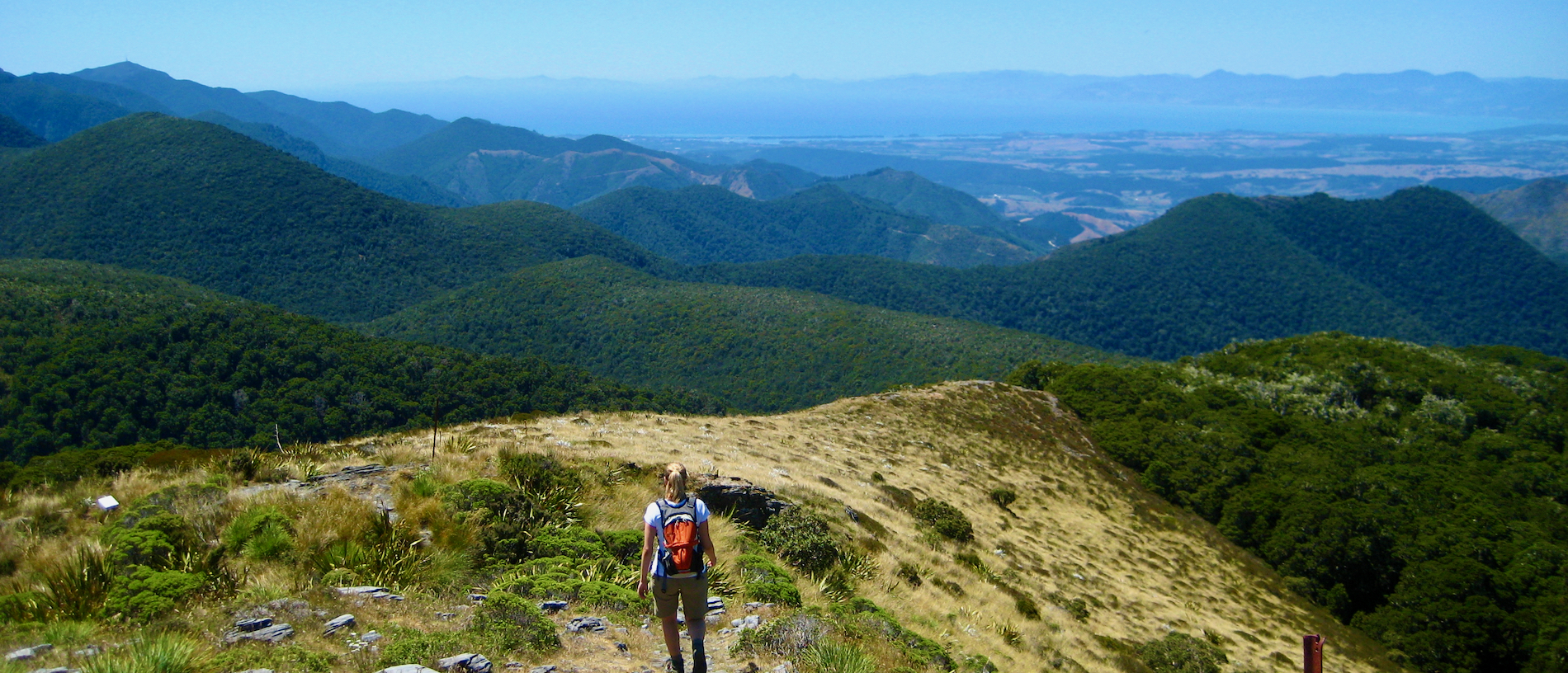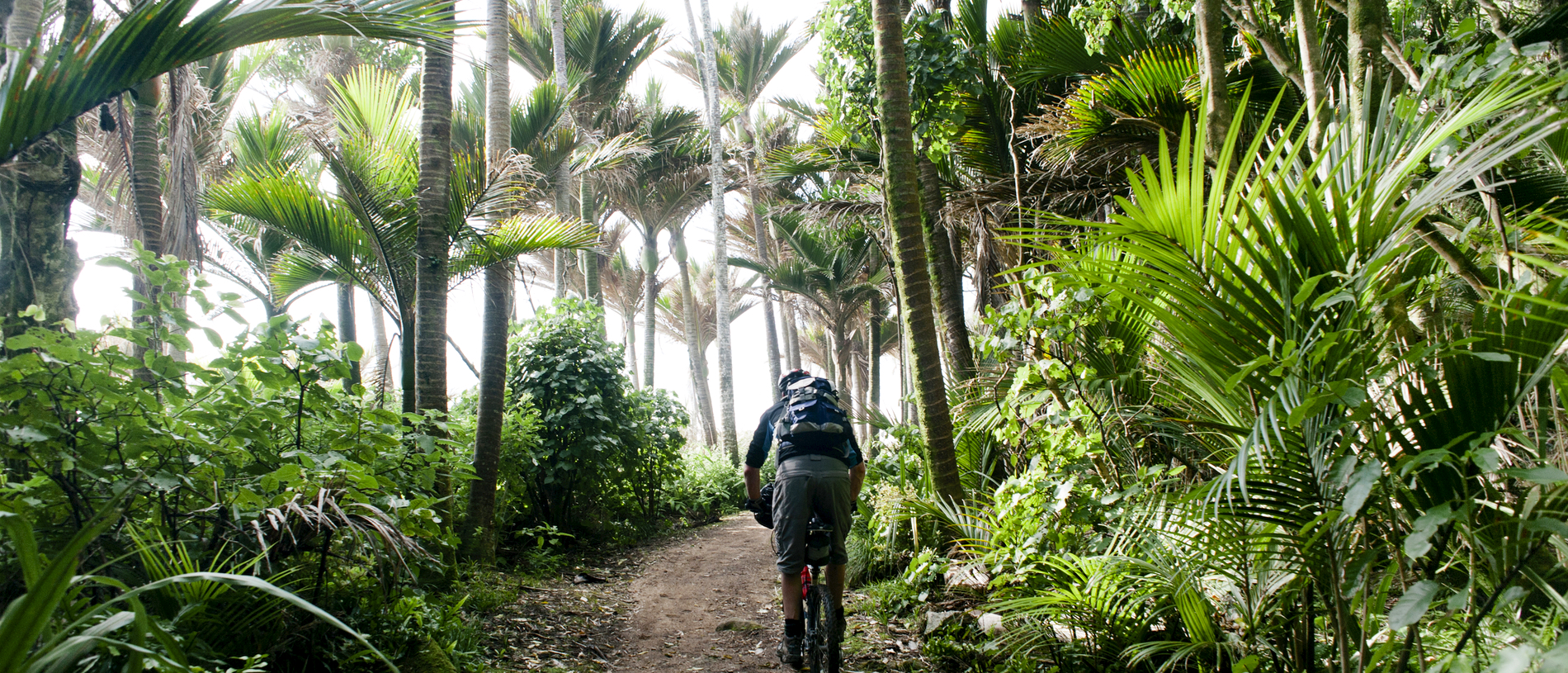
Kahurangi National Park: a treasured possession
Kahurangi, New Zealand’s second largest national park, includes the famous Heaphy Track, the Ōpārara Basin complex of limestone arches and 1795m-high Mount Arthur.

The Heaphy Track travels through expansive tussock downs, lush forests and nīkau palms to the roaring seas of the West Coast of the South Island.
For many generations, Golden Bay Māori travelled to central Westland via this route, where they sought pounamu for tools, weapons and ornaments. They also travelled the treacherous coast north of the Heaphy River mouth, risking wave-swept beaches and rounding huge bluffs using flax ladders.
In 1846, while working for settlement agents the New Zealand Company, Charles Heaphy and Thomas Brunner were the first Europeans to traverse the coastal portion of the modern track, led by a Māori guide, Kehu. The inland portion of the route then remained uncrossed by Europeans for more than a decade.
Over the ensuing years the route was developed to a pack-track standard by gold prospectors, but by 1900 it was overgrown and infrequently used. With the 1965 establishment of the former North-west Nelson Forest Park, the track was cleared again for use by the public. It now lies in the Kahurangi National Park.
Weka, tūī, bellbird, pigeon and robin are a few of the native birds which are readily seen. You may also see the large parrots kea and kākā, the smaller parakeet and the blue duck. With luck and a bit more commitment it is possible to see, or at least hear, the great spotted kiwi.
Long-tailed bats are seen more rarely, coming out at dusk to feed in the open on insects. They locate their prey using echolocation, sending out sound pulses inaudible to humans, which bounce back off anything in their path.
Kahurangi National Park also harbours half of New Zealand’s 40 species of carnivorous land snail (Powelliphanta). They shelter during the day and come out on damp nights to feed on native worms, which grow up to a metre long. These are the sumo wrestlers of the snail world, weighing in at 90g, or the equivalent of a female tūī.
There's good reason for this track's popularity. (You can check availability and book here). It's Kahurangi National Park’s most famous and most accessible walk, hosting around 4000 walkers every year. At 78.4km the Heaphy Track can take four to six days to walk. Guided options are available and over winter you can also mountain bike the track.